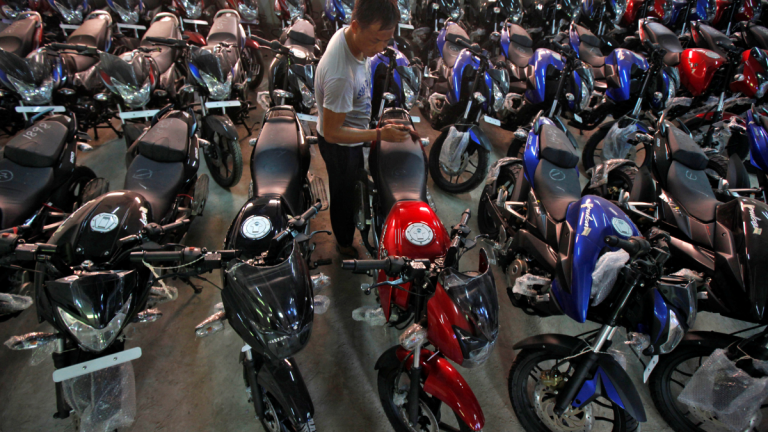
When Ola Electric launched its lineup of electric scooters, it created waves in the Indian mobility market. Bold claims, sleek designs, and an aggressive marketing push positioned Ola as not just a scooter brand, but a revolution. With the promise of a greener future and a tech-first approach, the Ola S1 and S1 Pro sparked widespread interest among eco-conscious consumers and early adopters alike.
But as the dust settles from the initial hype, a new narrative is beginning to take shape—one that revolves around Ola’s Achilles’ heel: after-sales service.
A Disruptive Start
Ola Electric’s entry was anything but traditional. Sidestepping the conventional dealership model, Ola chose a direct-to-consumer approach, selling scooters exclusively online and delivering them directly to buyers. The idea was modern and minimalist—cut the middleman, reduce costs, and give customers more control.
However, while this strategy worked wonders for initial sales, it exposed a major crack in the system when it came to servicing and support.
The Service Network Struggle
Without a widespread service center network, many Ola customers found themselves stranded—quite literally. Complaints poured in about delayed repairs, lack of spare parts, and a general lack of accountability when issues cropped up. Since everything from reporting a problem to booking a service was handled digitally, customers often found themselves stuck in an unending loop of app-based tickets and delayed callbacks.
Adding to the frustration were software glitches, battery issues, and breakdowns that demanded immediate attention—something Ola’s lean infrastructure couldn’t always handle in real-time.
Social Media Backlash
In today’s connected world, poor service doesn’t go unnoticed. Social media platforms like Twitter and Reddit became hotbeds for disgruntled Ola customers sharing their stories—videos of faulty scooters, screenshots of unresponsive support chats, and even incidents of scooters catching fire.
While Ola has been proactive in damage control—issuing recalls, updating software, and announcing the expansion of its service centers—the damage to its reputation has been significant.
The Bigger Picture
What Ola’s after-sales struggle highlights is a key lesson in India’s EV journey: innovation needs infrastructure. It’s not enough to sell a good product—you need the ecosystem to back it up. Servicing electric vehicles is not like traditional ICE two-wheelers. It requires trained personnel, diagnostic tools, and, more importantly, customer trust.
Moving Forward: Can Ola Course-Correct?
Despite the criticism, Ola isn’t down and out. The company has announced plans to set up 200+ service centers, introduce mobile service vans, and deploy over-the-air (OTA) updates to fix software bugs remotely. There’s also talk of launching customer care helplines and increasing transparency in service timelines.
If Ola can back its ambitious sales targets with a reliable support system, it still stands a chance to dominate the EV segment. But it has to act fast—because in the electric vehicle race, it’s not just about how fast you launch, but how well you support the ride.
Have you had an experience with Ola Electric—good or bad? Share your story in the comments below. Let’s talk about what needs to change to make India’s EV journey smoother.




